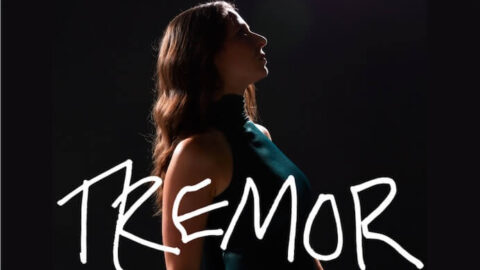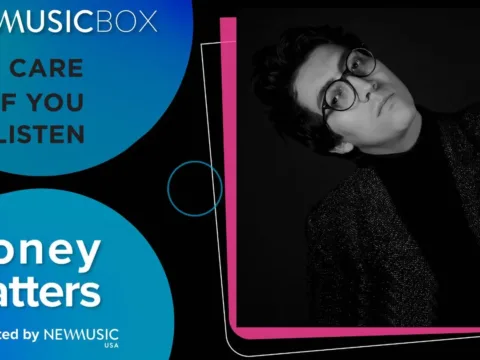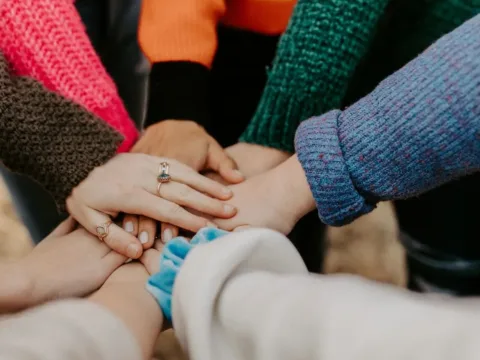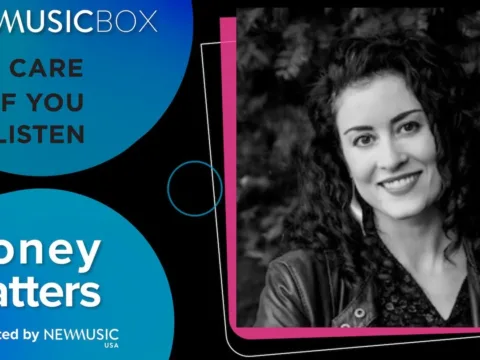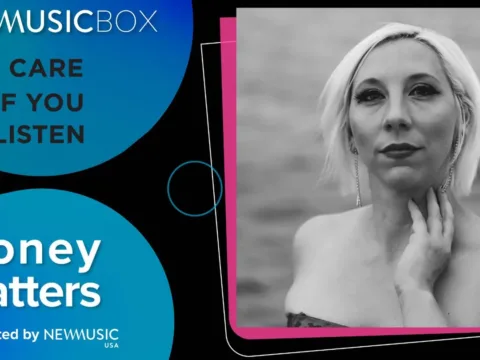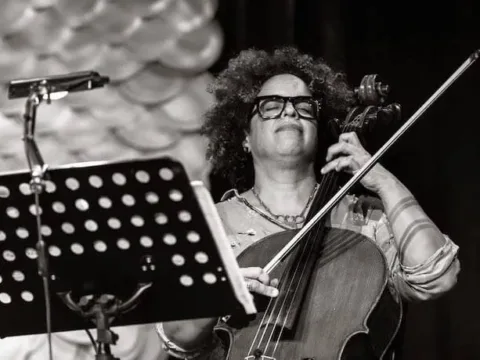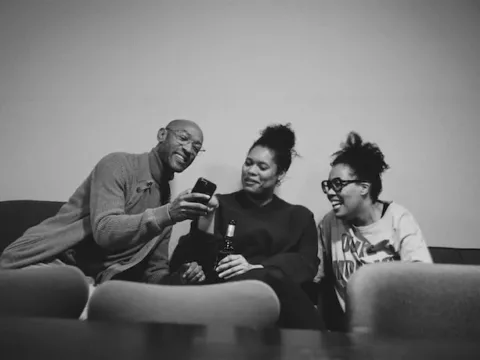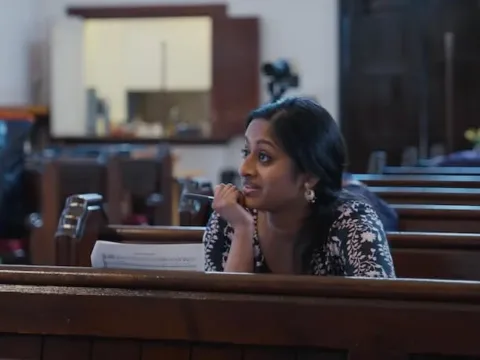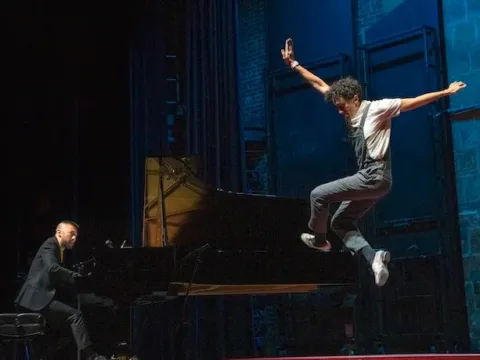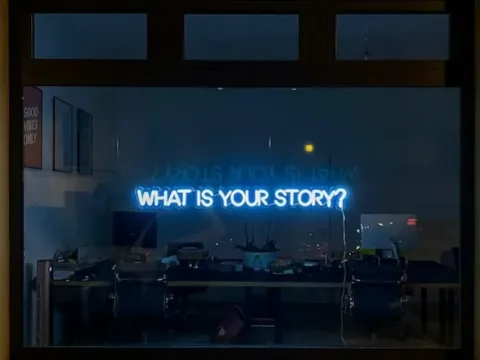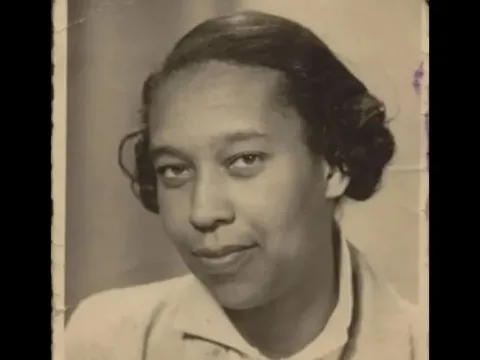I didn’t notice that my hands were shaking. Other people, mainly my fellow graduate students studying piano performance at the University of Cincinnati College-Conservatory of Music, were the first to notice. “Are you okay, Brianna?” they would say. “You’re shaking.” I would look down to notice that yes, in fact, there was a slight tremble in my fingers, a very fast and very small jitter. I thought it was perhaps too much coffee, or stress, or lack of sleep; I was in grad school, after all.
The immense pressure of a degree recital guarantees anxiety, but I remember feeling as though my hands were not my own during major performances. “Why did I miss that note?” I would wonder with distraction. Was it normal human error? Was there something seriously wrong with me? Or the inevitable thought: “Maybe I’m just a bad pianist.”
As time went on, other experiences slowly showed me something was not quite as it should be. During my first faculty position job interview, a committee member pulled me aside to not-so-gently suggest taking beta blockers for my “performance anxiety.” Another time, I bought my first grand piano and was so excited that my hands wouldn’t hold still enough to legibly write the check. Other small moments: holding my martini glass with two hands; putting on eyeliner with my elbows braced on the table; asking the barista to carry the coffee to my table. Troubles piled up.
Eventually, I sought medical assessment. I had my heart tested, my thyroid checked. I went to therapy for anxiety. Most of the doctors didn’t officially diagnose anything. “It’s probably Essential Tremor. It’s no big deal, you’ll be fine.” They prescribed beta blockers, which helped, but they also made my brain feel like it was wrapped in gauze. I stopped taking them. I needed to know what was going on, and in early 2020, I was finally referred to a neurologist.
Essential Tremor (ET) is a neurological condition that causes shaking of the hands, head, and voice, and for some, shaking can be felt in their legs, trunk, or even internally. Tremors are more pronounced when muscles are working hard, or when emotional stress is high. It can be progressive, worsening with age. Diagnosis of ET involves a number of simple movement tests, which my neurologist calmly administered. But it wasn’t until the “spiral test” that I knew. Putting a blank piece of paper in front of me, the doctor used his pen to draw a spiral on the left hand side of the page. It was perfectly smooth, round, even. I knew before taking the pen that I would not be able to replicate it. Looking down at my jagged spiral next to his, it was obvious: I have Essential Tremor.
Being diagnosed with ET scared me. Not so much because I was afraid of the condition; I had lived with shaking hands for a decade by then. Moreso, I was afraid of the stigma. What would happen to my career if people knew?
ET is not Parkinson’s Disease. An estimated 10 million Americans have ET, making it the most common movement disorder, possibly eight times more common than Parkinson’s. I’m not the first nor the last person you’ll meet with Essential Tremor. Others include Katharine Hepburn, Supreme Court Justice Sandra Day O’Connor, President Bill Clinton, and the cartoonist of Peanuts, Charles Schulz, who integrated shaky lines into his style.
ET can develop at any age, and the underlying cause is not yet known. Treatment includes prescription medications such as beta blockers (I was prescribed propranolol), anti-seizure medications, tranquilizers like Klonopin, and botox injections. Some people with ET use adaptive devices such as wrist weights or nerve stimulators, and there are also surgical options for the most disabling cases.
Being diagnosed with ET scared me. Not so much because I was afraid of the condition; I had lived with shaking hands for a decade by then. Moreso, I was afraid of the stigma. What would happen to my career if people knew? On the other hand, people who didn’t know about my condition were already passing judgment, assuming my shaking hands meant I was deeply troubled or unwell.
I still don’t notice my hands shaking when I play. Good piano technique requires relaxation, and the tremor emerges only from tensed muscles. Even so, the tremor is my reality. It is a part of me all the time. My shaking hands are the only way I know to approach the piano. If I woke up tomorrow suddenly tremor-free, it is very possible I would have to relearn my artistry entirely.
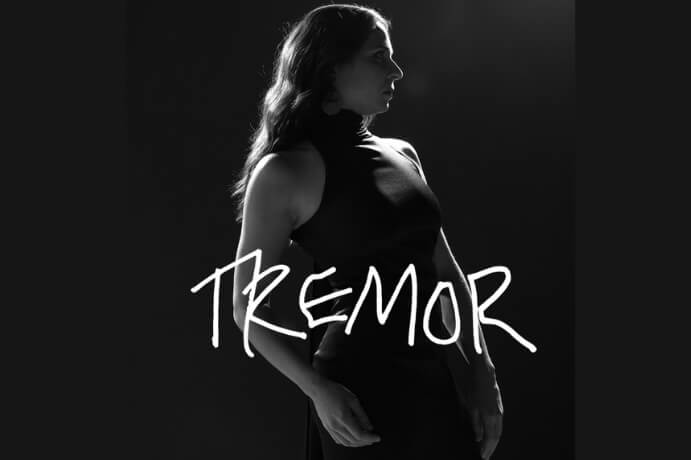
In times of trouble, I often turn to creativity and collaboration as a method for making sense of the world. My-long standing commissioning initiative is evidence of this. With The Response Project, I ask composers and artists to create new music (usually for the piano) and new works (of many disciplines) in response to a preexisting artwork or idea. Examples of past Response Projects include responses to a Bob Dylan album, to a poem by Galway Kinnell, to the Sonic Meditations of Pauline Oliveros, and to archival testimonies from survivors of nuclear warfare. I decided that if I was going to be a pianist with Essential Tremor, making a Response Project about it was the only way to process my experiences and move forward, and so the project “TREMOR” was born.
I sought out collaborators who could relate to my experiences. Together, we could explore what it means to use our humanity and human bodies – which are always imperfect, always flawed, always broken or breaking – to express our most authentic selves. Some of the artists identify as having a disability. Others simply know what it means to feel at home in your own skin, but to have the world incapable of welcoming you in that vulnerable authenticity.
The five visual artists for TREMOR all come from Visionaries + Voices, an art space in Cincinnati for adults with disabilities. Additionally, I commissioned a sound installation from artist Britni Bicknaver, who used her stutter as the main audible material. Britni also interviewed each of the V+V artists to create audio placards for their work, so viewers can hear their perspectives. The resultant artworks and interviews are incredible, full of joy and color, life and personality.

On the musical side, I invited composers into the project one-by-one, often after having a personally and emotionally open conversation with them about their connection to TREMOR. As with any Response Project, there have been some themes emerging from our collective creativity, some surprising. When I began, I thought perhaps TREMOR would become a critique on classical music’s obsession with virtuosity, or the music world’s continual struggle to welcome disability. Instead, each artist’s contribution centered around somatic wisdom, embodied strength, and the beauty that grows from self-knowledge.
For example, composer Hanna Benn and I had a conversation about family, growing up in the Midwest, and how finding your place as a creative professional can give you new perspectives on your childhood. Her composition weaves bold moments of harmonic and rhythmic strength with moments of pause, nostalgia, and questioning.
Matthew Evan Taylor’s piece for TREMOR is a part of his breath-centered musical practice, a framework he calls “AfroPneumaism,” drawn from principles of Black liberation and radical rest. The title, pneuma, is an ancient Greek word for “breath,” and the work purposefully rejects the traditional standards that we use to measure success. To perform this, I am asked simply to breathe, pacing the music to my body’s natural rhythms.
Molly Joyce was the first person I called once I decided to commission responses to my tremor, and as an expert on disability arts, she generously helped me finesse the concept. She has an impaired hand resulting from a car accident. The piece she wrote for me, called Affection, is about relating to a disability with fondness and using the feelings that develop from emotionally connecting with your disability in order to be creative and productive.
Forrest Pierce’s work for TREMOR takes the various conditions we each deal with (physical, mental, spiritual) and makes them audible, weaving those sounds together using extended techniques and piano preparations. For example, at one point I don a chainmail glove and put my hand inside the piano in a position that draws out the worst of my tremor. By using the metal to tickle the strings, the audience can both hear and see me involuntarily shaking quite a bit, and my tremor becomes inherent to the musical expression.
Adeliia Faizullina’s contribution to TREMOR blends sounds from her childhood with a gentle, meditative, and improvisational piano part. She was inspired by how the vibrations of my hands align with string theory’s conjecture that the entirety of our physical reality is made up of vibrating strings (and that the piano makes sound via vibrating strings). As it says in her bio, “She also happens to be blind,” and that was the theme of our communications – that our bodies and their conditions are far from the front of our minds most of the time. In our early conversations, she told me, “Well Brianna, it’s not like I wake up in the morning and the first thing I think is, ‘Oh no, I’m blind!’”
In fact, one of the messages of TREMOR is directed at all of us working in and around classical music. Many of the current structures and practices in our industry either disregard disability or are inherently disabling, treating disability as deviation from a supposed “norm”. Our field would be so much deeper and richer if the voices of people with disabilities were woven into the conversation! While following the ADA recommendations for accommodations is an important first step, we can do so much more to compassionately welcome each individual.
With TREMOR, I am attempting to remind all of us that oftentimes, disability is an experience that emerges out of conflict with external realities. Everyone involved with the project possesses an inner strength that comes from knowing who they are and how they want to exist in their own body. Their artwork and music expresses the painful edges we brush up against when the world isn’t prepared to welcome us in that self-knowing.
I hope TREMOR encourages all of us to stand before one another, straightforwardly revealing all the little things we are worried people might think are wrong with us. If we could all do this, we might understand that none of us are perfect and none of us are alone. Your “tremor,” whatever it may be, is a part of how you exist in this world and in this life. And this world needs all of you.
I CARE IF YOU LISTEN is an editorially-independent program of the American Composers Forum, and is made possible thanks to generous donor and institutional support. Opinions expressed are solely those of the author and may not represent the views of ICIYL or ACF.
You can support the work of ICIYL with a tax-deductible gift to ACF. For more on ACF, visit the “At ACF” section or composersforum.org.
